Your furry companion can’t march into your living room and deliver a powerfully worded speech about what’s bothering them. Instead, cats rely on a complex language of subtle body movements, vocalizations, and behavioral shifts to communicate their emotions. Yet many cat owners miss these vital signals entirely, leaving their feline friends feeling unheard and increasingly frustrated. Understanding these signs isn’t just about avoiding scratches – it’s about building a deeper connection with your cat and ensuring their emotional well-being.
Cats experience the full spectrum of emotions, from joy to frustration, just like humans do. When they’re feeling annoyed, they broadcast their displeasure through carefully orchestrated body language that’s been refined over thousands of years. Learning to read these signals can transform your relationship with your cat and help you avoid situations that might escalate into more serious behavioral problems. So let’s get started on decoding your cat’s secret communication system.
Tail Flicking and Thrashing
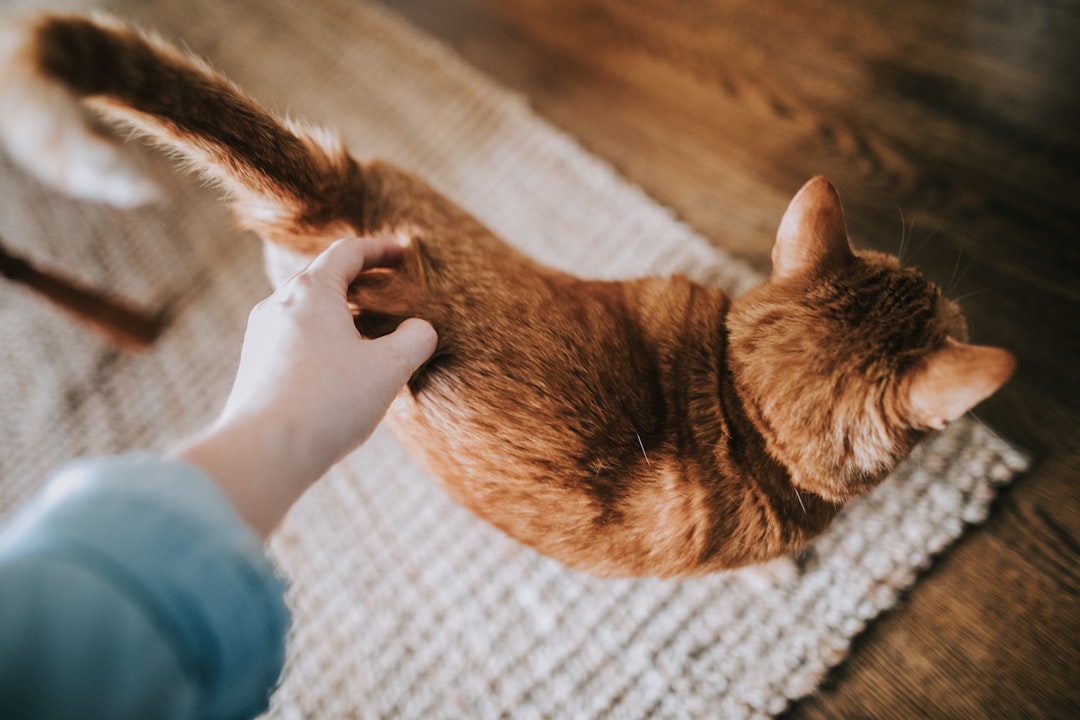
One of the most telltale signs of feline irritation is a rapidly moving tail. When a cat is frustrated, they will often flick their tail back and forth. The madder the cat gets, the harder they’ll thump their tail. This isn’t the same as playful tail movement – this is deliberate and forceful.
Think of it like a cat’s version of foot-tapping when they’re impatient. A flicking tail when the cat is not stalking something most likely means that the cat is annoyed. The motion becomes more intense as their annoyance grows, sometimes escalating to full tail thrashing that’s impossible to ignore.
If your cat is not watching anything in particular and their tail is flicking or even thumping, chances are they’re annoyed about something. Watch for this signal especially during petting sessions or when you’re doing something your cat typically dislikes.
Ears Rotating Backward or Sideways
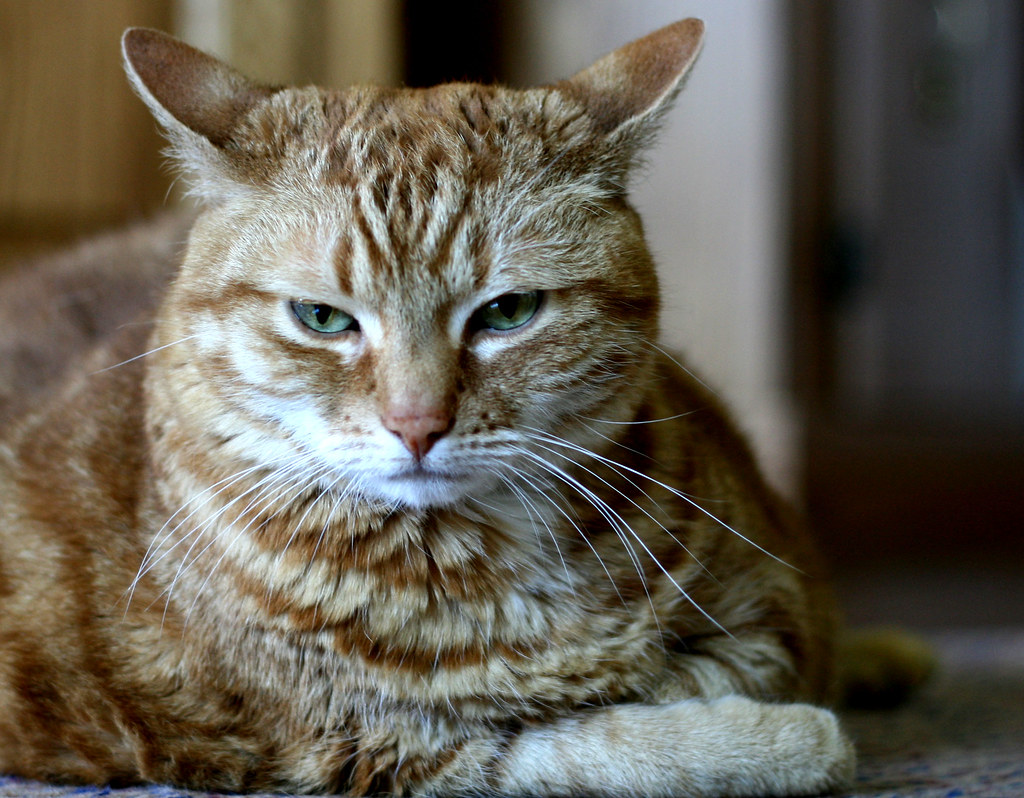
If your cat is feeling annoyed, their ears might rotate sideways (sometimes referred to as airplane ears). This position looks exactly like it sounds – their ears flatten and turn to the side, resembling the wings of an aircraft. It’s one of the earliest warning signs that your cat is becoming uncomfortable.
Rotated backward: Points to a state of frustration and/or anger. When ears move from their normal forward position to pointing backward, your cat is telling you they need space. This ear position often precedes more dramatic displays of annoyance.
Her ears will be flat against her head, but turned to the side instead of to the back. This is because when a cat is angry or aggressive she’ll be both alert (with ears forward) and scared (with ears flattened). It’s a conflicted emotional state that deserves your immediate attention and respect.
Dilated Pupils and Narrowed Eyes

A cat’s eyes reveal volumes about their emotional state, though it requires careful observation to interpret correctly. However, if your cat is sitting staring with small pupils and narrowed eyes, they are probably feeling frustrated. This intense, focused stare often accompanies other signs of annoyance.
The pupil changes can be tricky to read since lighting affects them too. Constricted pupils can indicate your cat is agitated or angry. But pair constricted pupils with a lashing tail, and your cat is definitely trying to let you know they’re upset about something. Context is everything when reading these eye signals.
Sometimes the stare itself is the message. A cat that is sitting staring directly at you could be feeling annoyed. It’s their way of saying they’re monitoring the situation and aren’t pleased with what they see.
Moving Away From Physical Contact
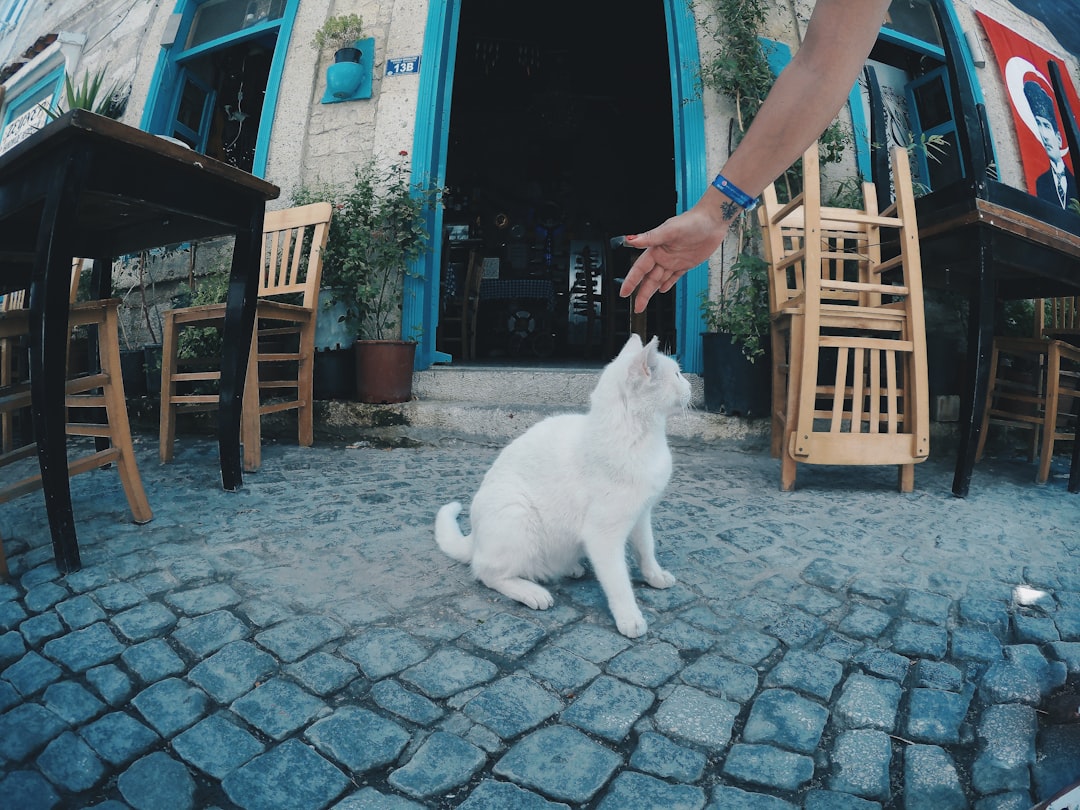
When cats want to avoid interaction, they make it crystal clear through their body movements. If your cat is frustrated, they might move their head or body away from you when you try to pet them. This is different from their usual independent behavior – it’s a deliberate rejection of contact.
Your cat may move their head or body away from you. You might notice them pulling back, turning their head, or even standing up and walking away when you reach toward them. This is their polite way of saying “not right now.”
Some cats become masters of the subtle dodge, leaning just enough away from your hand to avoid contact without being obvious about it. Pay attention to these micro-movements – they’re often the first sign that your cat needs a break from interaction.
Excessive Vocalization
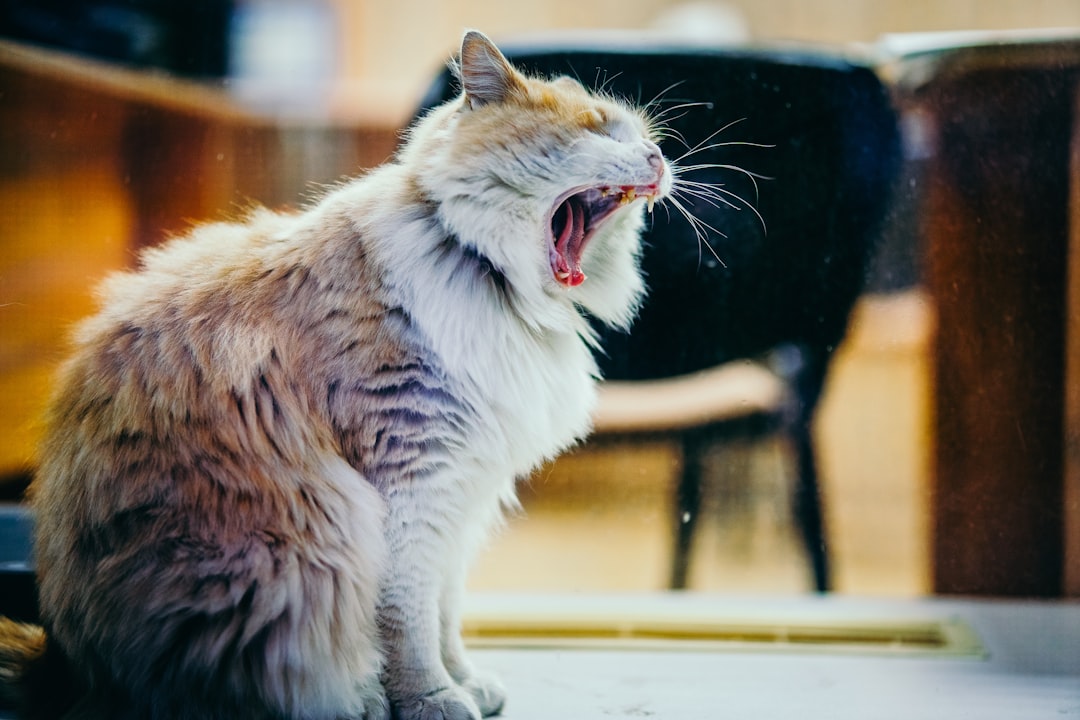
While some cats are naturally chatty, sudden increases in vocalization often signal frustration. Your cat may be very vocal, persistent, active and appear quite ‘frantic’. This isn’t their usual meowing – it’s more insistent, demanding, and sometimes has an edge to it.
Growling, hissing or spitting indicates a cat who is annoyed, frightened, angry or defensive. These vocalizations are clear warnings that shouldn’t be ignored. They represent escalated frustration that could lead to more serious behavioral responses.
Listen for changes in tone and frequency. Frustrated cats often produce sounds that are more urgent and repetitive than their normal communication. They might meow repeatedly at you, almost as if they’re trying to explain what’s bothering them but can’t find the right words.
Puffed Up Fur
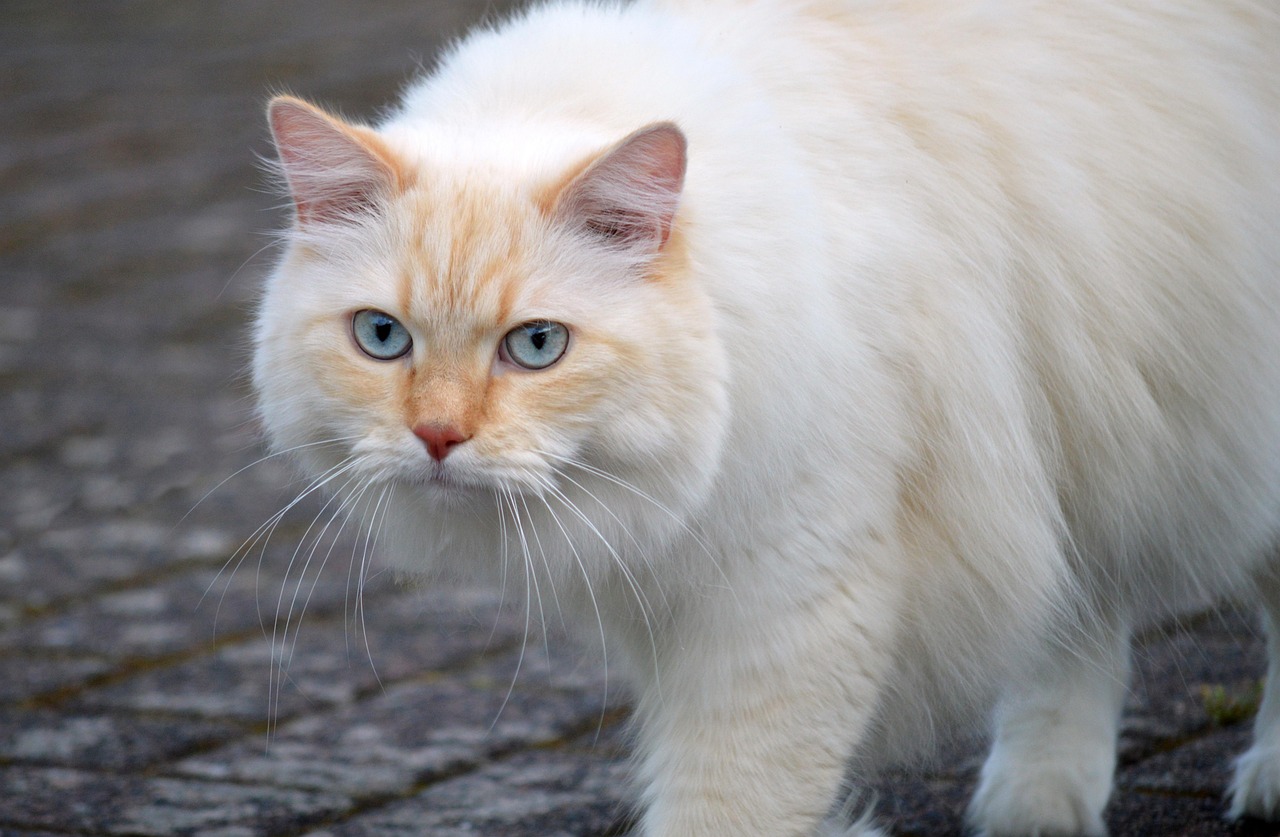
If your cat’s fur is standing on end and she looks even more fluffy than usual, this signals that they are probably annoyed. Cats do this in an attempt to make themselves appear bigger than they really are. This response, called piloerection, is an involuntary reaction to strong emotions.
The classic “Halloween cat” appearance with arched back and puffed fur indicates serious displeasure. Your cat’s tail also might take on a “bottle-brush” appearance when their hackles are up. It’s best to leave your cat alone when they’ve adopted a puffed-up posture like this.
Even partial fur standing on end – perhaps just along the spine or tail – suggests your cat is feeling threatened or annoyed. This physical response happens automatically when cats feel the need to appear more formidable, whether facing another cat or expressing displeasure with their human’s actions.
Hiding or Avoiding You
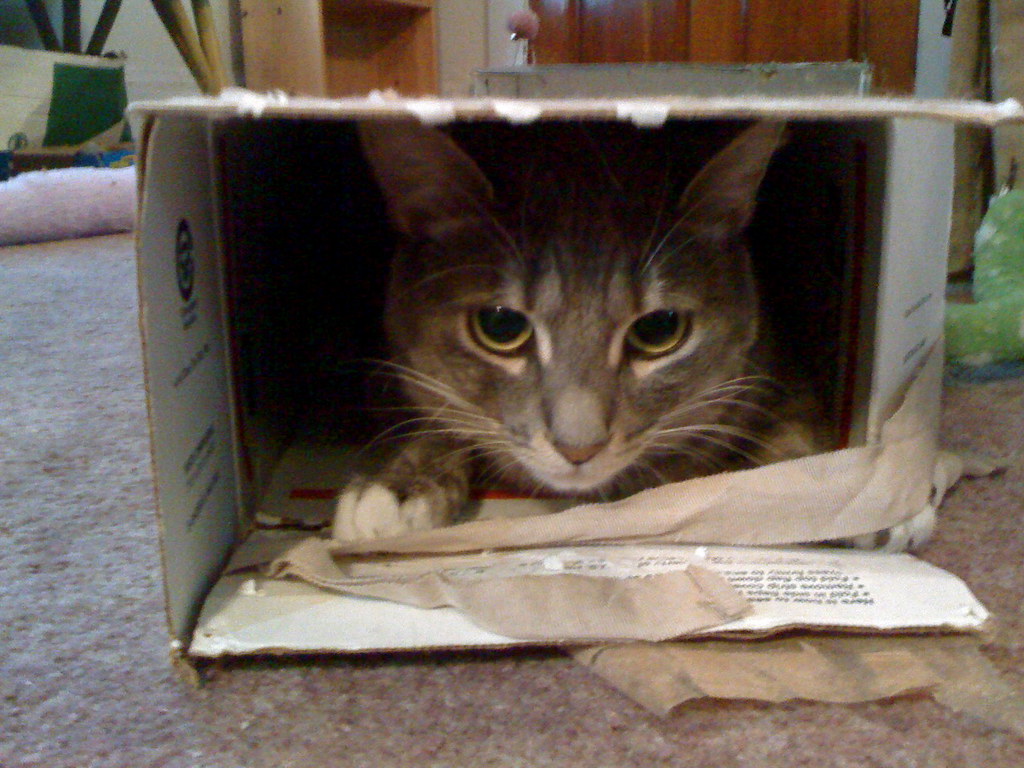
Sometimes the most obvious sign is the absence of your cat’s presence. If your cat is avoiding you altogether or hiding away somewhere, then chances are they’re in a mood and want to be left alone. This behavioral withdrawal is their way of removing themselves from whatever is bothering them.
If a cat is mad or annoyed with you, they might leave the area you’re in or sit and stare at you from across the room, just observing your movements. They’re keeping you under surveillance while maintaining their distance – a clear sign they’re displeased but not ready to engage.
Pay attention to changes in your cat’s normal routine. If they usually greet you at the door but suddenly disappear when you come home, or if they abandon their favorite sleeping spot when you enter the room, they’re likely communicating their annoyance through avoidance.
Destructive Behavior
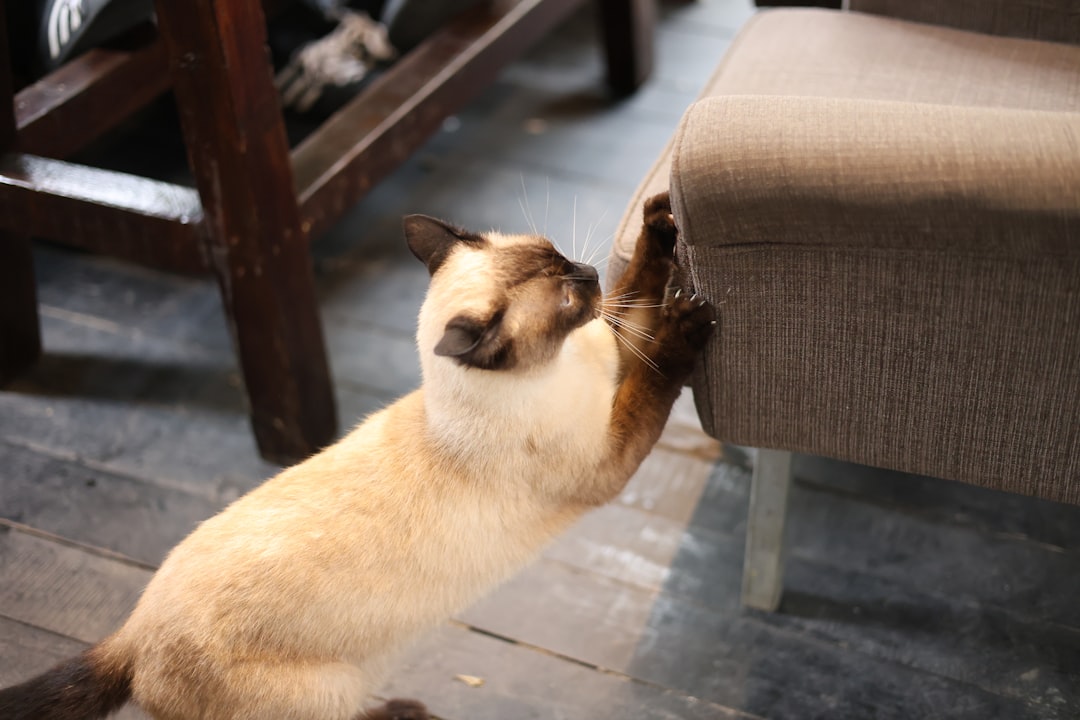
Frustrated cats often express their emotions through their environment. Your cat may be destructive e.g. scratching furniture, biting objects or knocking things over or off tables and shelves. This isn’t random misbehavior – it’s targeted expression of their emotional state.
Think of it as feline stress relief. When cats can’t communicate their frustration verbally, they might redirect that energy into physical actions. They might scratch more aggressively than usual, attack their toys with unusual intensity, or engage with objects in ways they normally wouldn’t.
The destructive behavior often focuses on items associated with the source of their frustration. If they’re annoyed about changes in routine, they might target items that smell like you or disrupt areas where the unwanted changes are most apparent.
Aggressive Behaviors
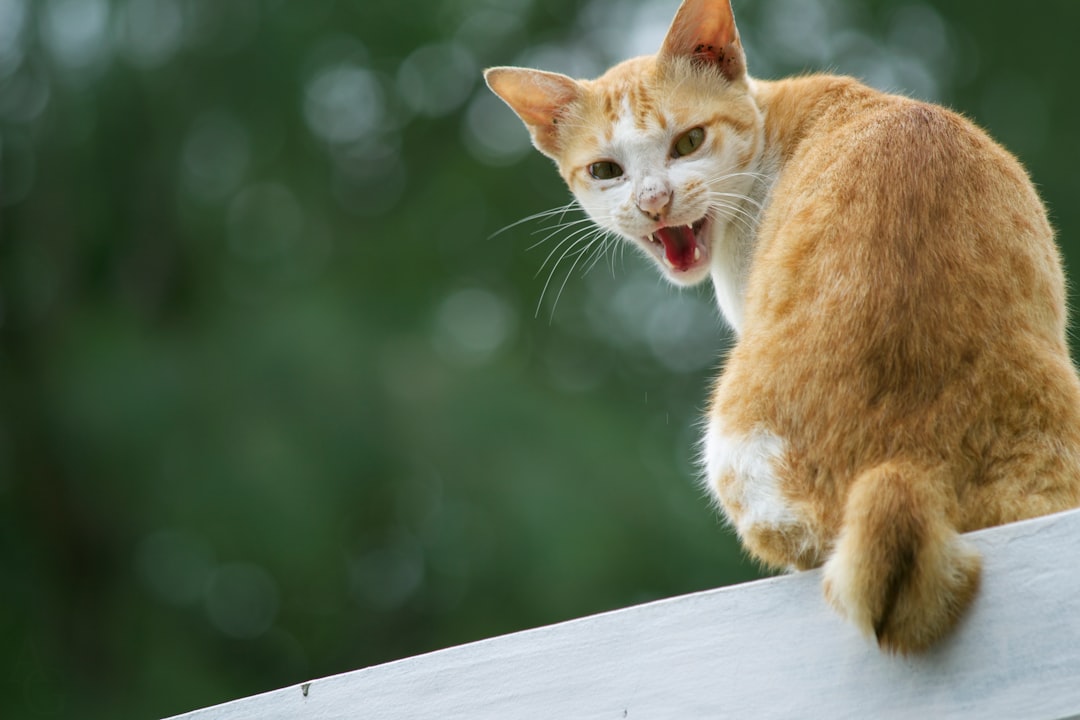
When annoyance escalates, cats may resort to more direct communication methods. Your frustrated cat may growl, hiss, bite or swipe at you. These behaviors represent the upper end of the frustration spectrum and should be taken seriously as clear requests for space.
Your cat may also behave aggressively, either directed towards the thing causing the frustration (e.g. when a person strokes them too much, they might swipe or bite) or redirected to something else because the actual trigger for the frustration is out of reach (e.g. when your cat looks through a window and sees an intruder cat in the garden, but can’t reach the intruder so instead swipes at a person who happens to be nearby).
This redirected aggression is particularly important to understand. Your cat might be frustrated by something completely unrelated to you, but since you’re the available target, you become the recipient of their displaced emotions.
Changes in Body Posture

A cat’s entire body becomes a communication tool when they’re annoyed. Their energy levels are likely to be high which is the body’s way of helping them to acquire the thing they need or prepare them to fight in order to stop something unpleasant from happening. Your cat may be very vocal, persistent, active and appear quite ‘frantic’.
Watch for tension throughout their body – muscles that seem coiled and ready to spring into action, a rigid posture that lacks their usual fluid grace, or hypervigilant positioning where they seem ready to react to the slightest stimulus. This is very different from their relaxed, loose-limbed appearance when content.
The overall impression is of a cat who’s “wound up” rather than at ease. Their movements might seem more jerky or deliberate, lacking the smooth flow that characterizes a comfortable, happy feline.
Conclusion
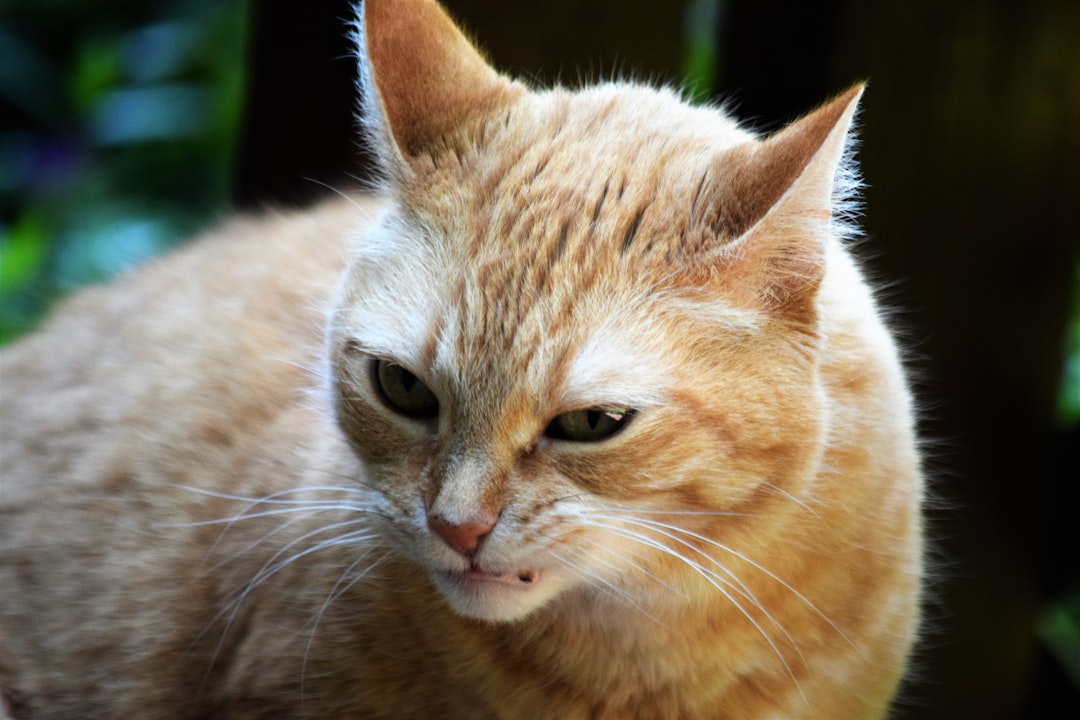
Understanding your cat’s annoyance signals is like learning a foreign language – it takes time, observation, and patience, but the payoff is enormous. These ten signs represent your cat’s attempt to communicate with you before their frustration escalates into more serious behavioral problems. Signs of frustration in cats can be subtle and easily missed if you don’t know what you’re looking for. Let’s take a closer look at some of these signs and how you can recognize them quickly to prevent your cat’s emotions from escalating.
Remember that every cat is an individual with their own personality and communication style. Some might be more dramatic in their displays of annoyance, while others communicate with the subtlest of signals. The key is paying attention to changes in your cat’s normal behavior patterns and responding appropriately when they ask for space or indicate discomfort.
What do you think about these feline communication signals? Have you noticed your cat using any of these behaviors to tell you they need a break?





